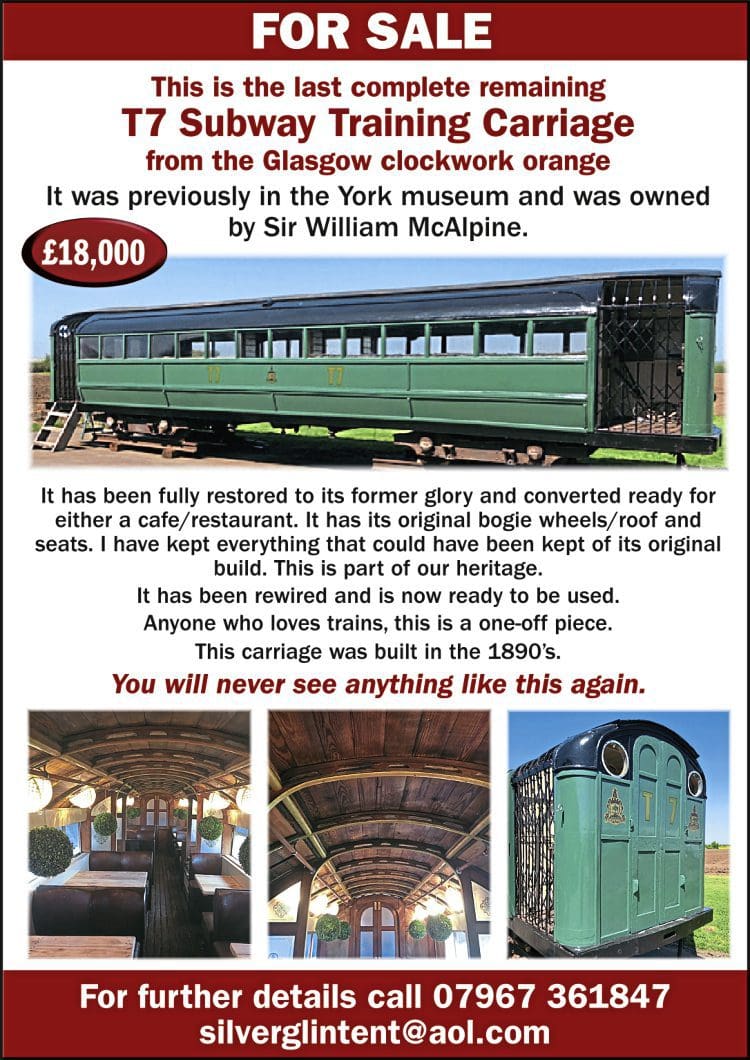Personally, I would have loved to have experienced it in person. The Subway in my youth had a slight timewarp feel, but more to the era of modernisation - it felt late-70s/early-1980s in style & taste but the most recent 'tarting-up' has definitely refreshed it.
I did experience it when in Glasgow in the mid-1970s and, while definitely anachronistic, it didn't really feel oddball. I've written about it in various posts here before. By the end the trains were notably dilapidated, and the wooden bodies flexed to the extent that I did wonder if the window glass ever fell out as they rolled along. Regarding the staff, apparently those who were there to the end of the old trains in 1977 were mostly old tramways staff, and probably retired while the system was closed for a couple of years for the modernisation. In contrast the city buses at the time seemed to have fallen into the hands of a distinctly younger generation, who drove them with considerable gusto which must have been a continuing concern to their insurance agent!
I think the power station at Pinkston was handed over to the National Grid shortly before the trams closed, and as the trolleybuses replaced the trams they would have used the national supply, like the Underground did. Pinkston also supplied the street lighting, mounted on the same poles as used by trams of course where these ran, and connected between the poles by outside high level wires which you can still find in odd Glasgow streets, which are a feature of the city.
The system was variously known as the Subway or the Underground, even the signage alternated between these expressions, and there was no real corporate identity as a whole range of different fonts and logos seemed to be used.



